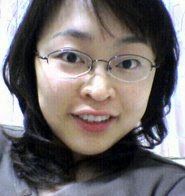All Koreans speak and write the same language, which has been a decisive factor in forging their strong national identity. Korean has several different dialects in addition to the standard variety used in Seoul. Only the dialect of Jeju-do Province, however, is so different that it is difficult for others to understand.

Linguistic and ethnological studies have classified the Korean language in the Altaic language family, which includes the Turkic, Mongolic and Tungus-Manchu languages. King Sejong the Great commissioned and helped create the Korean alphabet Hangeul during the 15th century. Before its creation, only a relatively small percentage of the population was literate; few could master the difficult Chinese characters used by the upper class.Before developing a Korean writing system, King Sejong studied several writing systems known at the time, such as Uighur and Mongolian scripts and old Chinese seal characters. The system that Joseon scholars came up with, however, is predominantly based upon phonology. Above all, they developed and followed a theory that divided each syllable into initial, medial and final phonemes, as opposed to the bipartite division of traditional Chinese phonology.
Hangeul, which consists of 10 vowels and 14 consonants, can be combined to form numerous syllabic groupings. It is simple, yet systematic and comprehensive, and is considered one of the most scientific writing systems in the world. Hangeul is easy to learn and write, which has greatly contributed to Korea's high literacy rate and advanced publication industry.A growing number of students from abroad are enrolling in Korean language courses at universities in Seoul, including Seoul National, Yonsei, Korea and Ewha Womans University.

No comments:
Post a Comment